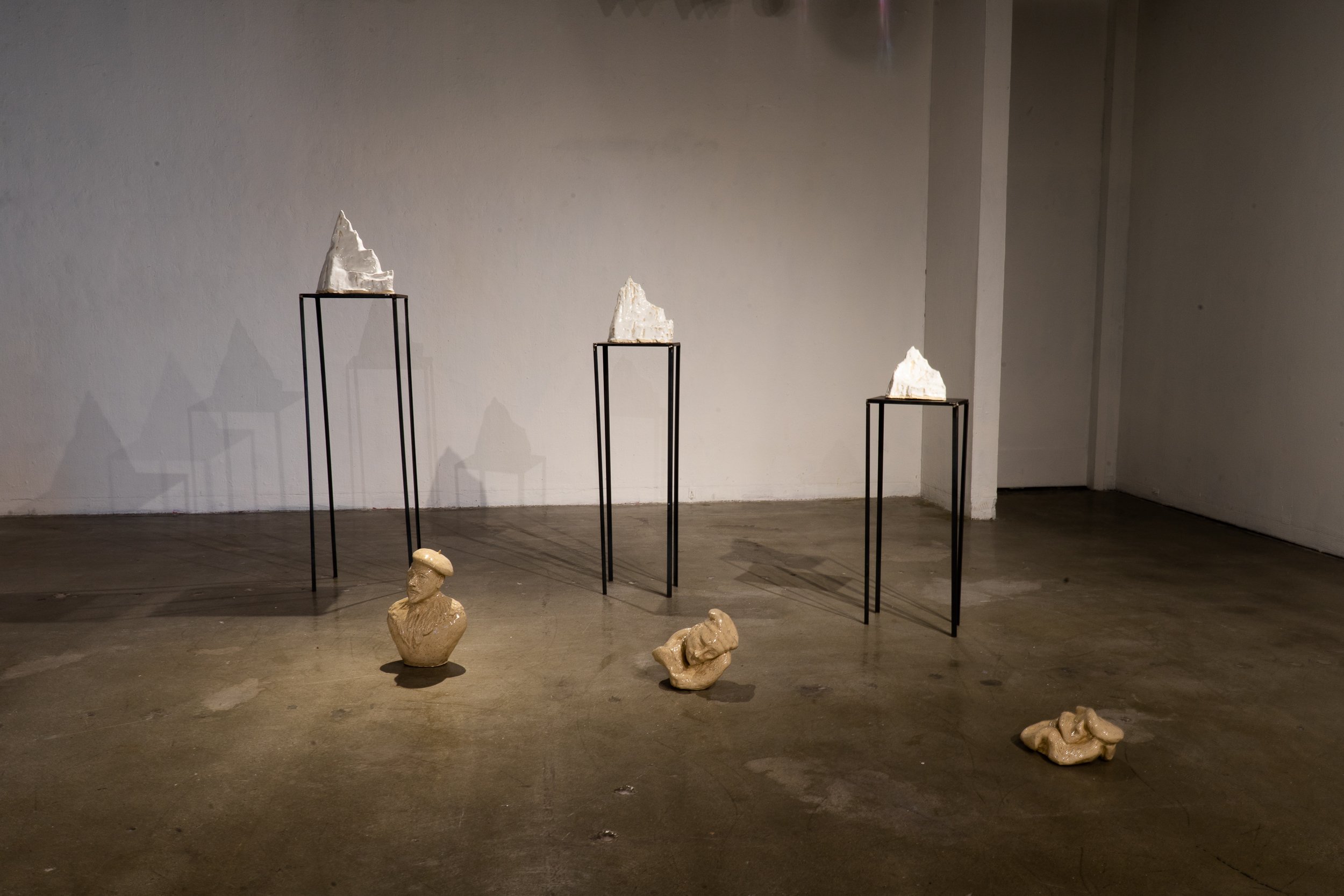
SEAL HUNT (and the pooling of landmass you grasped to categorize)
Seal Hunt
(& The Pooling Of Landmass You Grasped To Categorize)
My grandfather was a mammalogist who worked for the Carnegie Museum in Pittsburgh Pennsylvania. In 1938 he traveled to subarctic British Colombia in search of a fresh water seal that had been heard of through rumor. Scientifically claiming a mammal of that size was rare. The seal was discovered, killed, its bones shipped back to the museum, and it was given a scientific name. A second trip to the arctic was conducted in the summer of that same year, this time with my Grandmother. She was a botanist and spent two months documenting the plant specimens that grew in that arctic region.
Together my grandparents bodies made imprints and gestures on that landscape; identifying and categorizing.
The arctic has been seen through the western lens as a surface closer to the moon then to the earths surface. It has been imagined, projected upon, desired for reasons of the sublime and sovereignty. Arctic explorers have been cast in bronze and celebrated. Maps and striations have been carved. These ideologies have been digested, processed, embodied, disembodied. The side of a glacial ice cap falling into the ocean ruptures a known understanding of this landscape, creating a split between a proposed virtual and an actual.
This work acts as a way to re-map ideas and gestures projected upon the arctic landscape. How can we conceptualize a land mass melting when we have projected upon it as stagnate, hostile, and unchanging? Is there a way to understand this landmass shift through our own forms? Can we imagine a vast submergence? A sinking or floating.

















